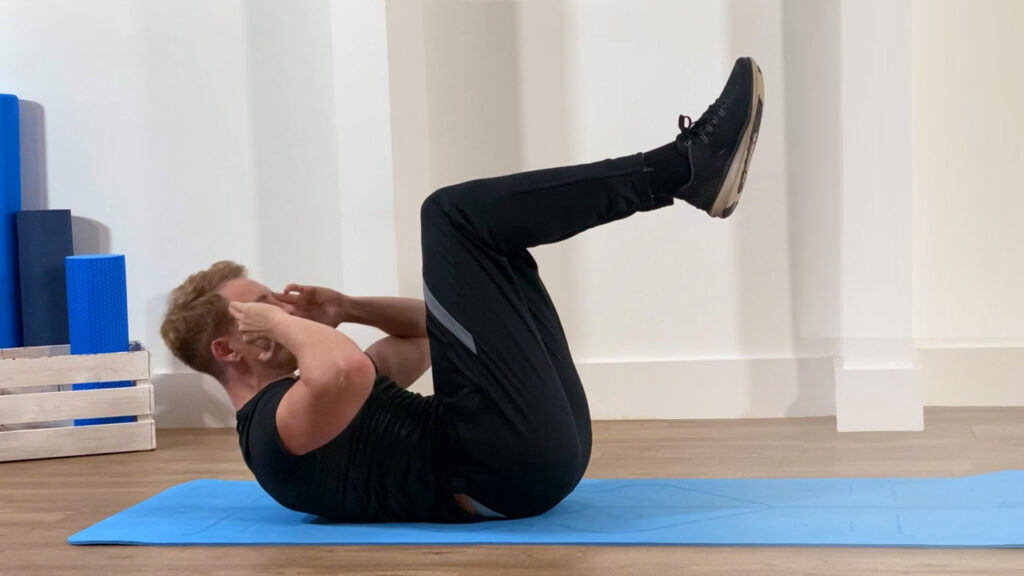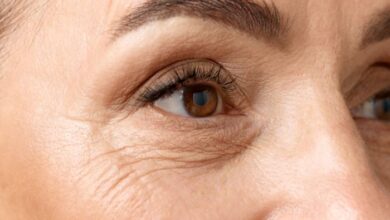How to Use Strength Training to Combat Aging and Boost Longevity

Strength training is more than muscle building; it is a science-backed intervention for enhancing longevity, preserving physical capacity, and supporting cognitive health. With extensive research underscoring its benefits, strength training emerges as a top-tier exercise modality, especially for aging populations.
Why All Exercise Matters
A pivotal study published in The Lancet (2011) tracked 416,175 individuals over 12 years. It demonstrated that:
| Activity Level | Average Daily Exercise | Life Expectancy Increase |
|---|---|---|
| Inactive | 0 minutes | 0 years |
| Low | ~15 minutes | +3 years |
| Medium | 30-45 minutes | +4-5 years |
| High | 60+ minutes | +6 years |
| Very High | 90+ minutes | +6+ years |
Key finding: Every 15 minutes of daily moderate-intensity exercise reduced all-cause mortality by 4%.
Moderate-intensity activity includes walking, cycling, or strength training. Still, strength training uniquely supports muscle retention and metabolic health as we age.
The Case for Strength Training
Strength training combats age-related muscular decline (sarcopenia) and functional strength loss (dynapenia). According to Current Opinion in Clinical Nutrition and Metabolic Care:
- Muscle mass declines 3-8% per decade after age 30
- Decline accelerates after age 60
- Leads to:
- Increased fat mass
- Reduced bone density
- Poor balance and mobility
- Increased insulin resistance
Strength training improves:
- Muscle and bone strength
- Balance and coordination
- Insulin sensitivity
- Heart and brain health
Evidence from Longitudinal Studies
Study: Live Active Successful Ageing (LASA)
- Published: BMJ Open Sport & Exercise Medicine, 2024
- Participants: ~400 adults at retirement age
| Group | Protocol | Result After 4 Years |
|---|---|---|
| Heavy Resistance | 1 year supervised training | Maintained strength and lean mass |
| Moderate-Intensity | 1 year moderate exercises | Decreased strength |
| Control | No exercise | Decreased strength and lean mass |
Conclusion: One year of structured strength training delivers long-term physical resilience into the 70s.
Study: GeroScience, 2023
- Focus: Brain health and strength training (ages 60-80)
- Result: Twice-weekly sessions preserved cognitive function and improved muscle strength.
Getting Started: Practical Guidelines
Strength training does not require a gym. With minimal equipment, beginners can gain benefits.
Beginner Full-Body Routine
| Exercise | Sets | Reps | Rest |
|---|---|---|---|
| Goblet Squat | 2-3 | 12-15 | 60 seconds |
| Romanian Deadlift | 2-3 | 12-15 | 60 seconds |
| Dumbbell Overhead Press/Pushup | 2-3 | 12-15 | 60 seconds |
| Single-arm Dumbbell Row | 2-3 | 12-15 | 60 seconds |
Tips:
- Start with bodyweight to learn proper form
- Choose a weight that feels challenging by the final reps
- Train twice weekly to begin
Three Key Pillars of Effective Strength Training
1. Consistency
- Follow the SAID principle (Specific Adaptations to Imposed Demands)
- Regular training ensures lasting benefits
- Minimum: 1-2 sessions per week
2. Challenge
- Stimulate adaptation by pushing limits
- Use weights/reps that induce muscle fatigue without compromising form
3. Progression
- Gradually increase:
- Weight
- Repetitions
- Number of sets
- Progressive overload drives continual improvement
Example:
If 15 reps become easy:
- Add weight
- Increase reps to 20
- Add a fourth set
What to Expect After a Few Months
Clients commonly report:
| Benefit | Description |
|---|---|
| Increased Energy | Improved vitality and stamina |
| Better Mobility | Easier movement, faster walking |
| Physical Changes | Toned muscles, visible strength gains |
| Weight Regulation | Fat loss, muscle retention |
| Health Biomarker Improvements | Better blood sugar, pressure, lipids, bone health |

Strength Training Is Safe and Scalable
Concerns about injury or complexity are unfounded. According to coach Danny Matranga:
“Strength training is safer than most sports. It’s controlled, rehearsed, and adaptable.”
Options for Newcomers:
| Limitation | Scalable Alternative |
|---|---|
| No gym access | Bodyweight or resistance bands |
| Can’t do pushups | Wall pushups or knee pushups |
| Weak lower body | Assisted squats or machine use |
Machine-based exercises help build confidence and refine movement patterns in a stable setup.
Conclusion: A Critical Longevity Investment
Strength training enhances quality of life at any age. It safeguards against age-related decline, fosters independence, and boosts resilience. Matranga’s insights underscore what decades of research confirm: lifting weights—even just twice a week—is one of the most strategic choices for long-term well-being.
Final Takeaway:
- Age is not a barrier
- Equipment is optional
- Results are measurable and meaningful
Whether you’re 30 or 80, it’s never too early or too late to start.
Related Topics
- 4-week strength plan without gym
- Beginner calisthenics routines
- Anti-aging exercises backed by science
Read More: LAD REPORTING




